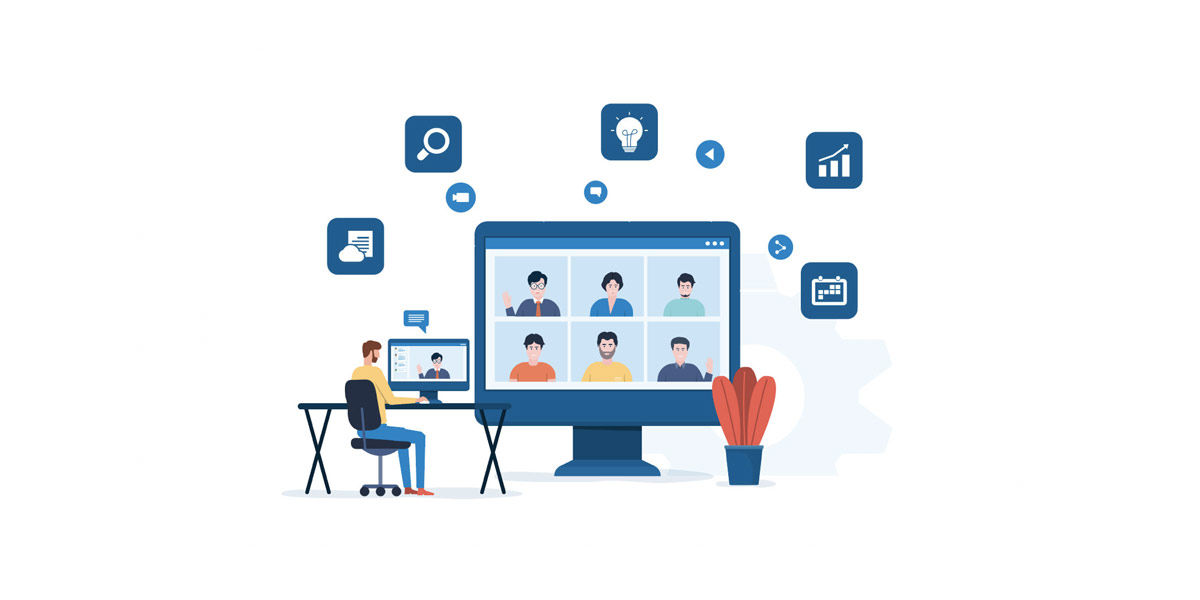 It doesn’t require a legal or business genius to know that our technology-driven world is practically drowning in data – personal data, health data, business data, financial data, you-name-it-data. All of our various technology tools and communications platforms have unleashed continuous streams of digital data from almost every facet of modern life and business.
It doesn’t require a legal or business genius to know that our technology-driven world is practically drowning in data – personal data, health data, business data, financial data, you-name-it-data. All of our various technology tools and communications platforms have unleashed continuous streams of digital data from almost every facet of modern life and business.
Collaboration tools such as Slack, What’s App, Google Hangouts, etc., are now common platforms for business communications across industries, producing reams of digital documentation. From a legal services or ALSP perspective, it is useful to examine how this data is managed and obtained for eDiscovery purposes, and how Trustpoint.One in particular is staying ahead of the curve.
In the Days Before Data
In the not too distant past, tools like Slack and smartphones simply didn’t exist. There was email and of course, physical documents to sort through. Then smartphones came out and SMS texting emerged as an essential source of digital communication. Alongside the smartphone revolution, data sets have grown in volume from kilobytes to gigabytes to terabytes. Twenty years ago, most cases had document numbers in the thousands and millions were largely unheard of. Today, millions of documents is considered a fairly common size for a legal case, and the trend is still upward.
Originally, there was no standardized method for collecting and handling that data. SMS text messages and collaboration data both involve rapid back and forth exchanges which makes collecting them, displaying them, and organizing them a unique challenge. Additionally, the legal definition of what constitutes a document in terms of text messages is constantly evolving.
Using Technology to Solve Problems Created by…Technology
In our present day, text and collaboration data continues to explode in volume and there is no end in sight. Data per user is expanding exponentially as technology advances and we adopt more and more tools for online collaboration and communication. While there is no legal standard for how exactly to manage this data, there is the RSMF framework. RSMF (Relativity Short Message File) is a standard provided by Relativity, which Trustpoint.One has leveraged to customize a set of tools that allow us to sort through text and collaboration data in a systematized way.
The Trustpoint Collaboration Tool
Trustpoint has developed a better way for integrating collaboration data. It works with Slack, Teams, Text Messages, What’s App, Hangouts, and more. Basically any method that companies (or individuals) use to communicate can now be seamlessly integrated into a Relativity environment. Like any large pool of data, to be helpful it has to be manageable. And since every ESI requirement is different – our tool was designed for flexibility. Because it’s metadata aware, there is complete control over sorting and filtering information. Users can view and group their data in any way that makes sense for their case. We’re working hard to make collaboration data just as easy to review as any other kind of data.
In Our Future, More Data will Require Ai
As communication continues to grow more digital and multi-platform, the sheer volume and types of data will, sooner than later, be too much for linear or manual review. Eventually, Ai will be required to sift through all of this data and find the key pieces of evidence from all the different communication methods. In fact, we have already seen many clients realize the tremendous benefits of using Ai to sift through data.
Eventually, it’s just going to become a numbers game. The data volume will get so high and so spread out that the only way to recompile meaning and content will be with the assistance of Ai. It will just become too expensive to do manually. That day isn’t here yet, but we can see it over the horizon. It’s one of the reason’s we are so heavily invested in building the best Ai team we can. We know it’s going to be essential in the near future.

